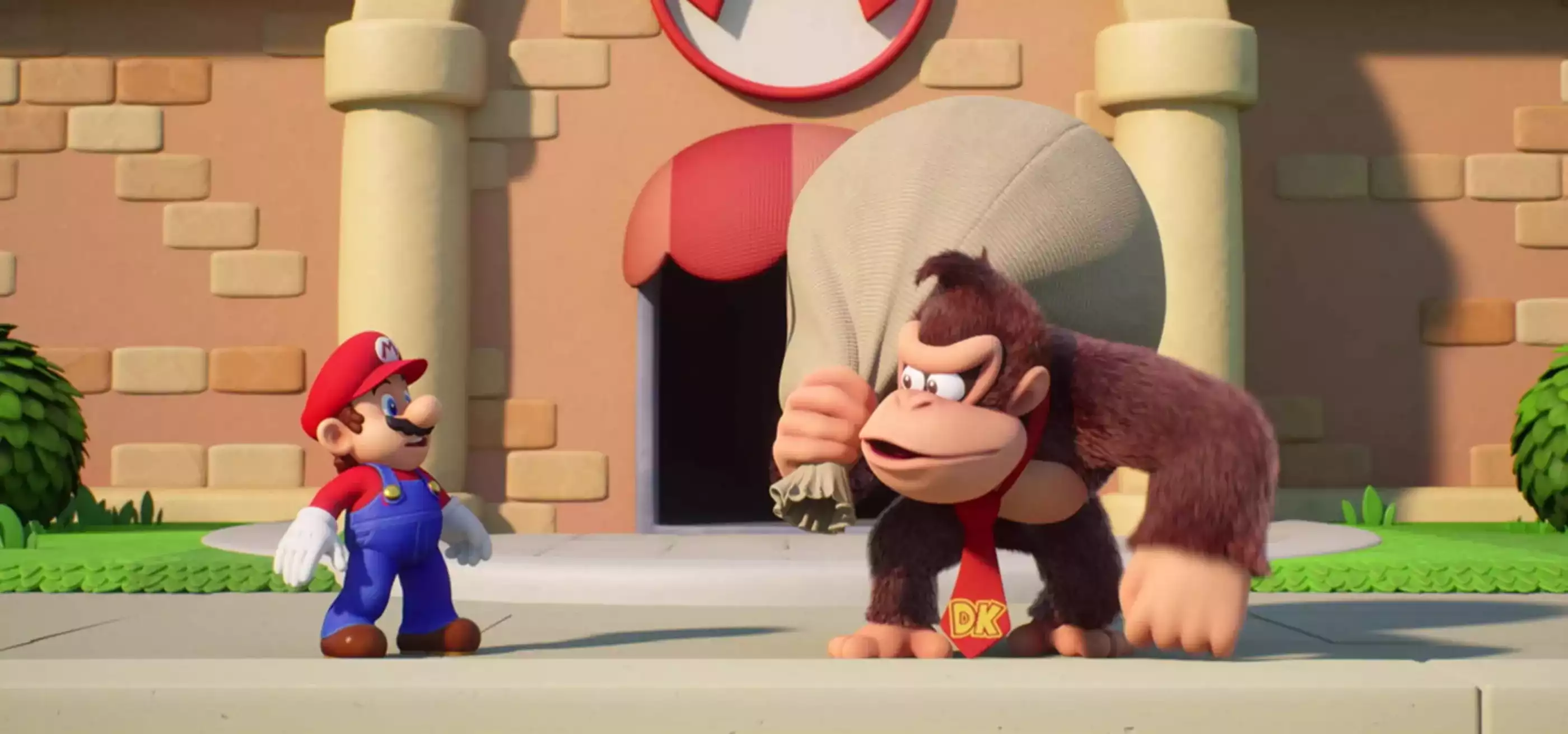In early 2022, Lawrence Schwedler, program director for DigiPen’s audio degree programs, received a call from Nintendo that’s had him going “Wahoo!” ever since. Nintendo Software Technology (NST) told Schwedler they were remaking their 2004 Game Boy Advance (GBA) classic, Mario Vs. Donkey Kong, for the Nintendo Switch. Not only that, they were wondering if Schwedler would be interested in adapting and reproducing the original game’s soundtrack, which he had created nearly two decades earlier, for the new updated version.
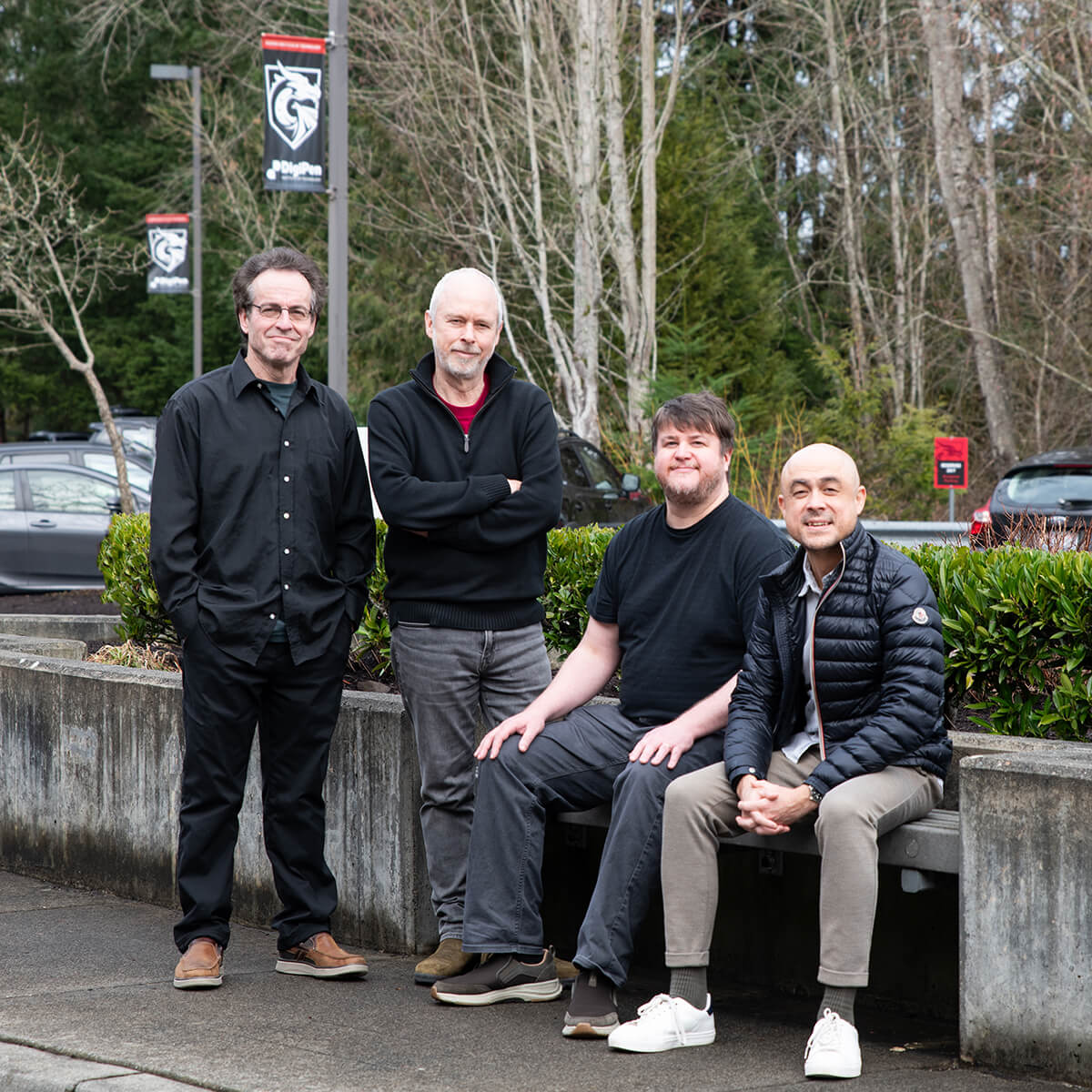
“I’m still pinching myself. I can’t quite believe it,” Schwedler says. “This was the opportunity of a lifetime.” When players roll credits on the game, they’ll not only find Schwedler’s name featured, but also those of 11 fellow faculty members — nearly the entirety of DigiPen’s Department of Music — enlisted through Schwedler’s sound production company to arrange, compose, engineer, and perform for the game’s updated, hi-fi soundtrack.
“We are all blown away by how good the music turned out,” Schwedler says of the 68 individual tracks the group delivered to NST, recorded in secret at DigiPen’s campus throughout 2023. The achievement is a full-circle moment for both Schwedler and DigiPen as an institution, whose histories in the industry are both deeply intertwined with Nintendo and the extended Mario Vs. Donkey Kong franchise.
Old School Connections
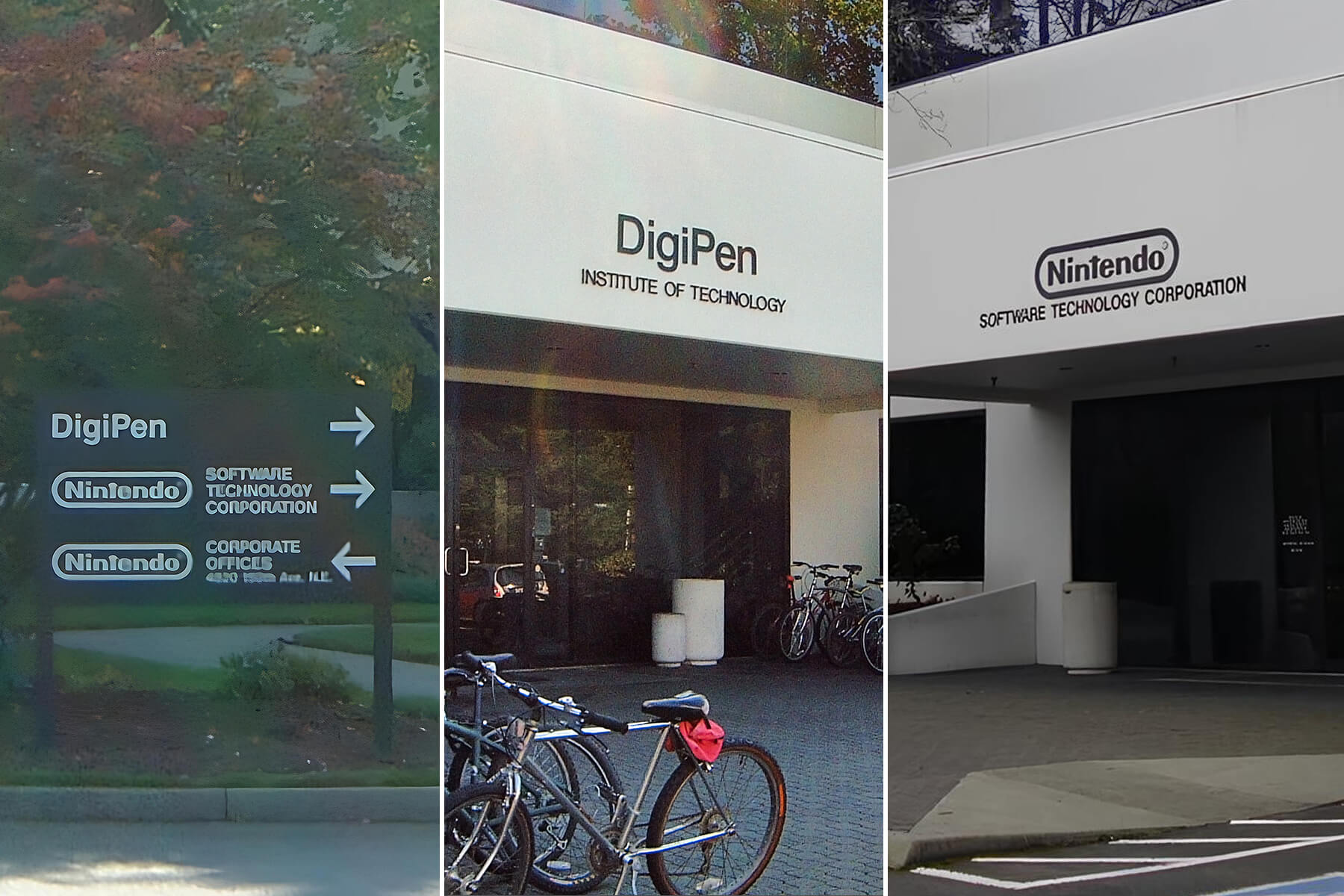
In 1994, at its early campus in Vancouver, British Columbia, DigiPen began offering its first video game programming certification. The unique new program was supported through a collaboration with Nintendo of America — a company eager to grow the industry’s nascent talent pool as global demand for video games skyrocketed in the early 90s.
In 1998, DigiPen moved its campus to Nintendo of America’s hometown, Redmond, Washington, and began offering the world’s first bachelor’s degree in video game development, the BS in Computer Science in Real-Time Interactive Simulation. That same year, DigiPen founder Claude Comair also co-founded Nintendo Software Technology, a new first-party Nintendo studio that began developing games under Comair’s leadership. Conveniently, DigiPen and NST shared the same building in those early days, one that Lawrence Schwedler walked into in 1999 as NST’s first full-time audio director.
“When I joined, one of the first things that happened was them asking me, ‘Hey, would you like to teach this sound design course at DigiPen too?’” Schwedler recalls. “Once a week, I would literally walk next door and teach a class for anywhere from 30 to 60 students. I did that the entire time I worked for Nintendo. It was so refreshing! I loved the opportunity to talk to a room full of bright young people.”
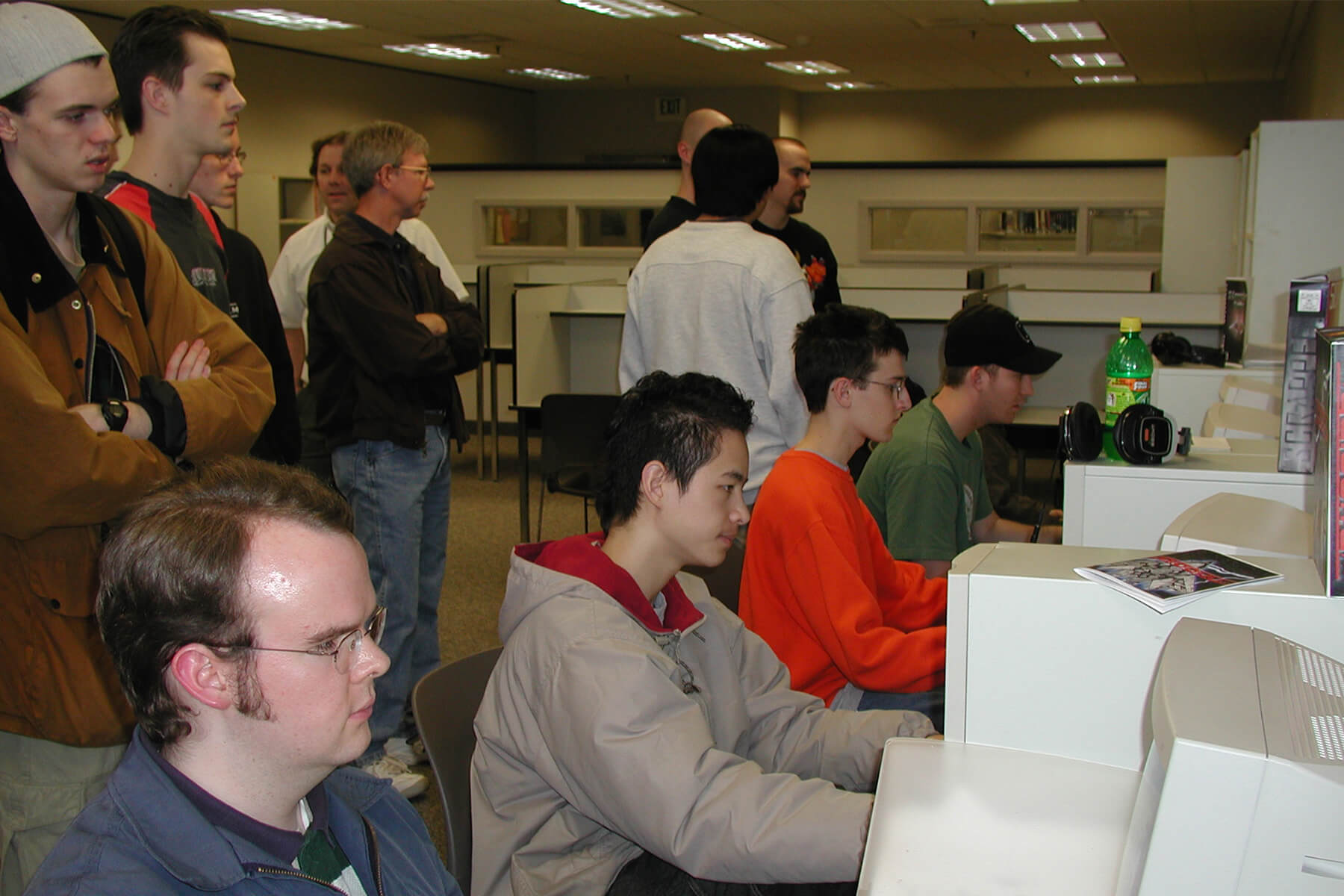
Meanwhile, Schwedler was also hard at work on the music and sound effects for NST’s earliest run of titles for Game Boy Color, Nintendo 64, and GameCube, including Bionic Commando: Elite Forces, Pokémon Puzzle League, and 1080° Avalanche. In 2003, NST got approval from Nintendo’s Kyoto headquarters to create a new puzzle-platforming franchise for the GBA using two of the company’s most iconic characters, Mario and Donkey Kong. “The fact that it was a new franchise was huge,” Schwedler says. “All the other titles we’d done up to that point were sequels, ports, or reenvisionings of pre-existing games. Even though Mario and Donkey Kong were existing characters, Mario Vs. Donkey Kong was NST’s first original franchise.”
After the initial excitement, the gravity of the task began to set in — creating music and sound effects for a character with, arguably, the most iconic soundscape in gaming history. “It was daunting,” Schwedler says. “It was like, ‘Holy moly, I’m working on the next Mario game!’” Schwedler was relieved to discover that the creators behind Mario and his legendary soundtrack — Shigeru Miyamoto and Koji Kondo, respectively — were extremely open to Schwedler’s musical ideas on the new franchise. “They gave me a rather extraordinary amount of freedom,” Schwedler says. “Mr. Miyamoto and Mr. Kondo had a very light touch, and aside from a few constructive comments, they really just let me do my thing.”
Thus, Schwedler set to work on the Mario Vs. Donkey Kong score, weaving Mario and Donkey Kong’s original NES theme songs into a medley for the new title theme and peppering the rest of the soundtrack with springy jazz, Latin percussion, adrenaline-pumping boss-battle themes, and more. “Writing for a Game Boy sound chip, you’re extremely limited in what you can do,” Schwedler says. “For the Game Boy Color, you only had two simple oscillators, one tiny wavetable, and a noise generator. But for the Game Boy Advance, I was able to make my own sound banks, like a little sampler.” Schwedler was given a Game Boy Advance software development kit (SDK), a modified version of a GBA that could compile the game’s in-development code and run it.
“I asked for this special piece of hardware from Nintendo that connected my keyboard to it, so I could play music with my sound banks in real-time over the Game Boy’s little speakers,” Schwedler says. “Everything sounds quite different coming from your computer versus the compressed version you hear coming from the tiny Game Boy speakers and processor, so I spent a lot of time tweaking the sound banks, making them sound as good as they could.”
Schwedler would go on to score the first four games in the Mario Vs. Donkey Kong series before leaving NST in 2012 to join DigiPen full-time as he helmed the launch of the college’s then new BA in Music and Sound Design and BS in Computer Science and Digital Audio degree programs. He also began building the music faculty department and on-campus Mathews Sound Lab and recording studio from the ground up.
New Game Plus
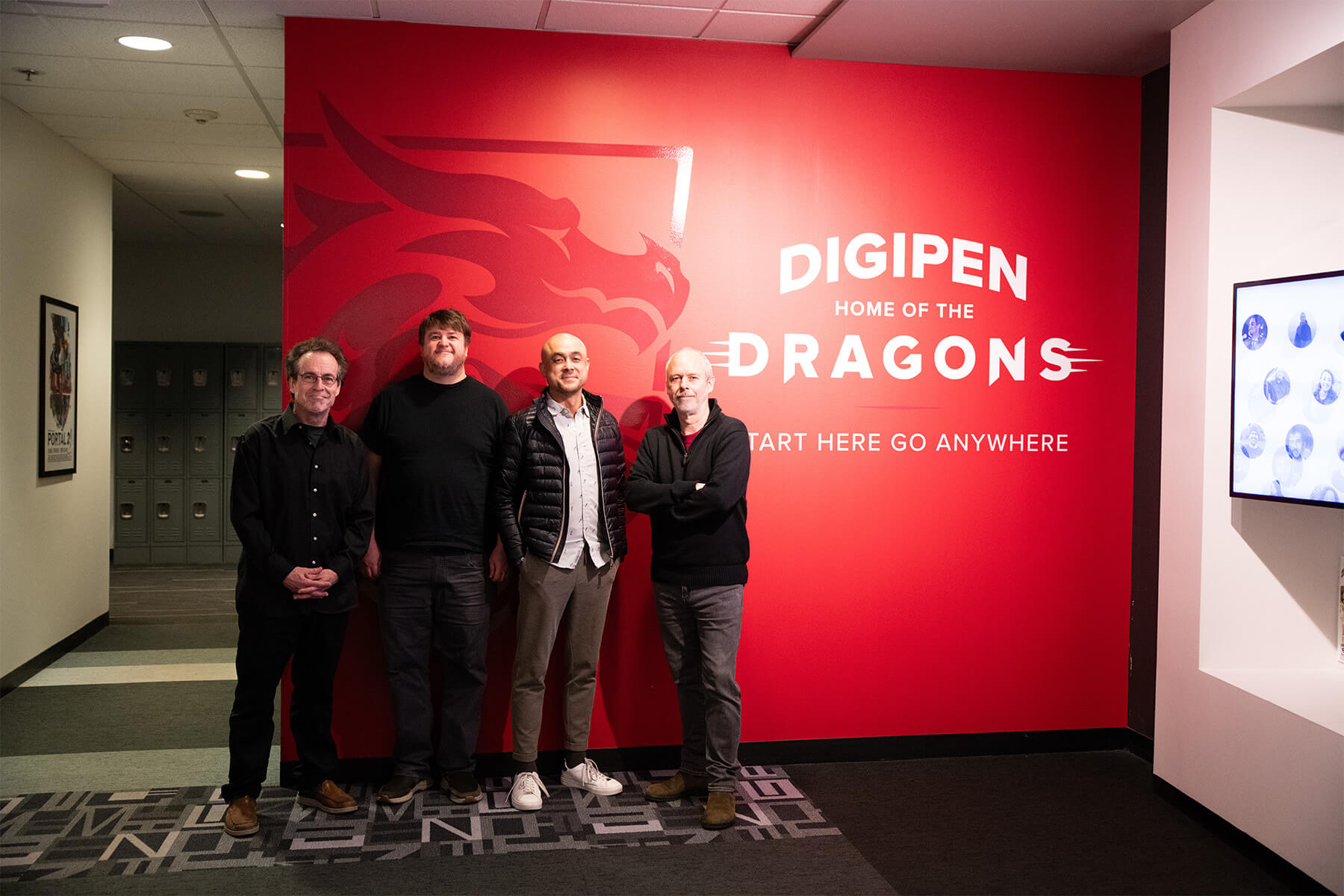
Twenty years after the release of the first Mario Vs. Donkey Kong, Schwedler found himself facing the same exact challenge from a completely new angle — how to take his lo-fi original GBA soundtrack and give it a hi-fi facelift for the Nintendo Switch. This time around, rather than moonlighting as a DigiPen lecturer, he’d be doing it as a veteran faculty member.
Acting as the Mario Vs. Donkey Kong remake’s music director, Schwedler turned to the same DigiPen music department he helped build to assist him on the exciting new project. Drummer, producer, and adjunct senior lecturer Tacket Brown was tapped early on to lead production, engineering, and mastering on the new soundtrack. Brown quickly introduced a novel production approach he’d developed for games like Middle-earth: Shadow of Mordor at his Seattle studio, Spaghetti Fire Productions, that would come to define Mario Vs. Donkey Kong’s updated sound. “You take a composition that is largely recorded with virtual instruments, but you apply a few bespoke, acoustic performances to liven it up,” Brown explains. “It’s the whole notion of the uncanny valley. When something’s too perfect, the brain knows, but when you add one layer of slight imperfection, it feels way more human.”
The approach was an instant hit, saving time and money while still delivering stirring, full-bodied results. “It was a magical formula. The whole thing doesn’t sound virtual at all,” says DigiPen Department of Music Chair Bruce Stark, who rearranged Schwedler’s original songs and composed new music for two brand new worlds in the updated soundtrack. “It’s amazing how one or two live players humanizes the entire thing.” Stark, an award-winning composer for the concert stage, spent over 20 years in Tokyo as a jazz pianist and classical arranger before joining DigiPen in 2013.
“I think there’s some depth to this soundtrack you don’t normally find in video game music because of the fact that Bruce, a concert composer, was arranging it,” Brown says.
Indeed, the new soundtrack takes the jazzy undertones of Schwedler’s original lo-fi score and puts them front and center, giving the game a unique, classically informed sound. “I would start with Lawrence’s minimal, soundchippy originals, sit in my backyard, and listen to them over and over, trying to flesh them out into what sounded like a Latin jazz ensemble,” Stark says.
After arranging the score and recording it using virtual instruments, DigiPen music instructors would be brought into the campus audio lab, where Brown would record their live sax, violin, clarinet, flute, bass, bassoon, trumpet, or trombone takes, mixing one or two performances into each track. “One of the reasons it worked out so great is because Lawrence has built an amazing team of A-list players in the music department,” Brown says. “There were several moments where we’d get done with a long day of recording and just look at each other and go, ‘Wow, we’re so lucky. This is incredible, and we all get along so magically.’”
Mario Vs. Donkey Kong’s Switch trailer, featuring a clip of the game’s updated, jazz-forward soundtrack.
Stark’s close relationship with the music faculty affected how he arranged the parts, writing out solos or allotting space for improvisation to suit the personalities and abilities of specific performers. “I’d look at our faculty while thinking through these arrangements and go, ‘OK, what have we got?’” Stark says. “We‘ve got John Kim, this incredible violinist; Nayoung Ham, a fabulous flautist; and Eric Likkel, this jazz master on sax and clarinet. You look around and realize you have these amazing resources right there on campus.”
For the game’s cinematic cutscenes, Schwedler tapped former DigiPen film scoring instructor David Kitay, composer of over fifty feature films like Look Who’s Talking, Clueless, and Scary Movie. Kitay flew in from New York to conduct his recording sessions, which featured mostly live instruments mixed with a few virtual tracks. Greg Dixon, assistant professor of music and sound design, stepped in during the final phase of production to do sound design, mixing, and mastering on the game’s cinematics.
Class Acts
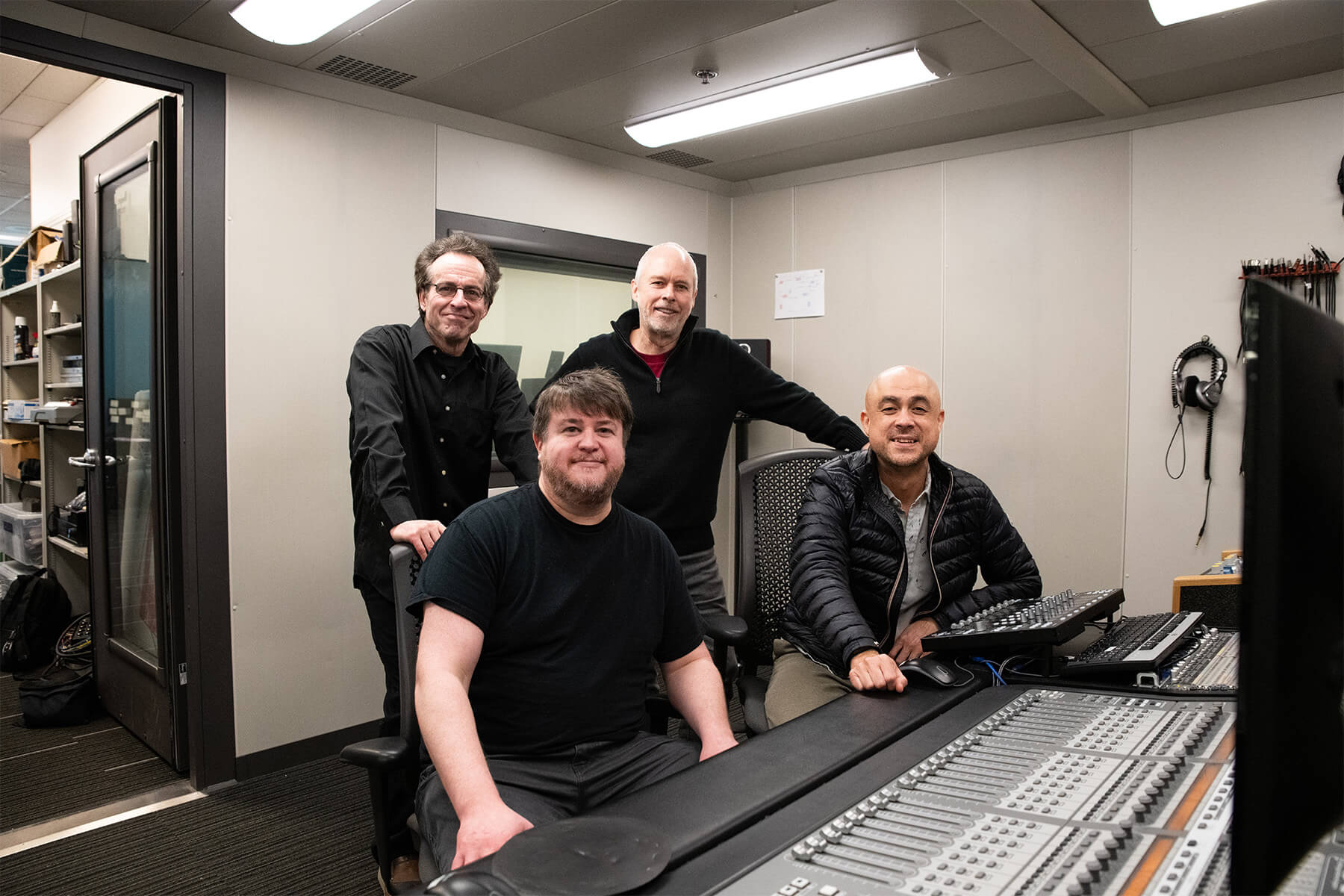
With such a remarkable project happening within the same labs and recording spaces where they were teaching, Schwedler, Stark, and Brown all agree that one of the biggest challenges they faced on the Mario Vs. Donkey Kong soundtrack was simply keeping it from their students. “All these principles we teach in our classes, here we are doing them in real time on campus for this Nintendo game!” Brown says. “There were so many times I wanted to tie in what I was doing on the project into my lectures or classes, but we had to keep it a secret.”
Schwedler was delighted that he could at least tell two of his former BA in Music and Sound Design students — Ina Almacen and Eric Pansulla — both of whom landed jobs as Nintendo sound designers working on the game’s sound effects.
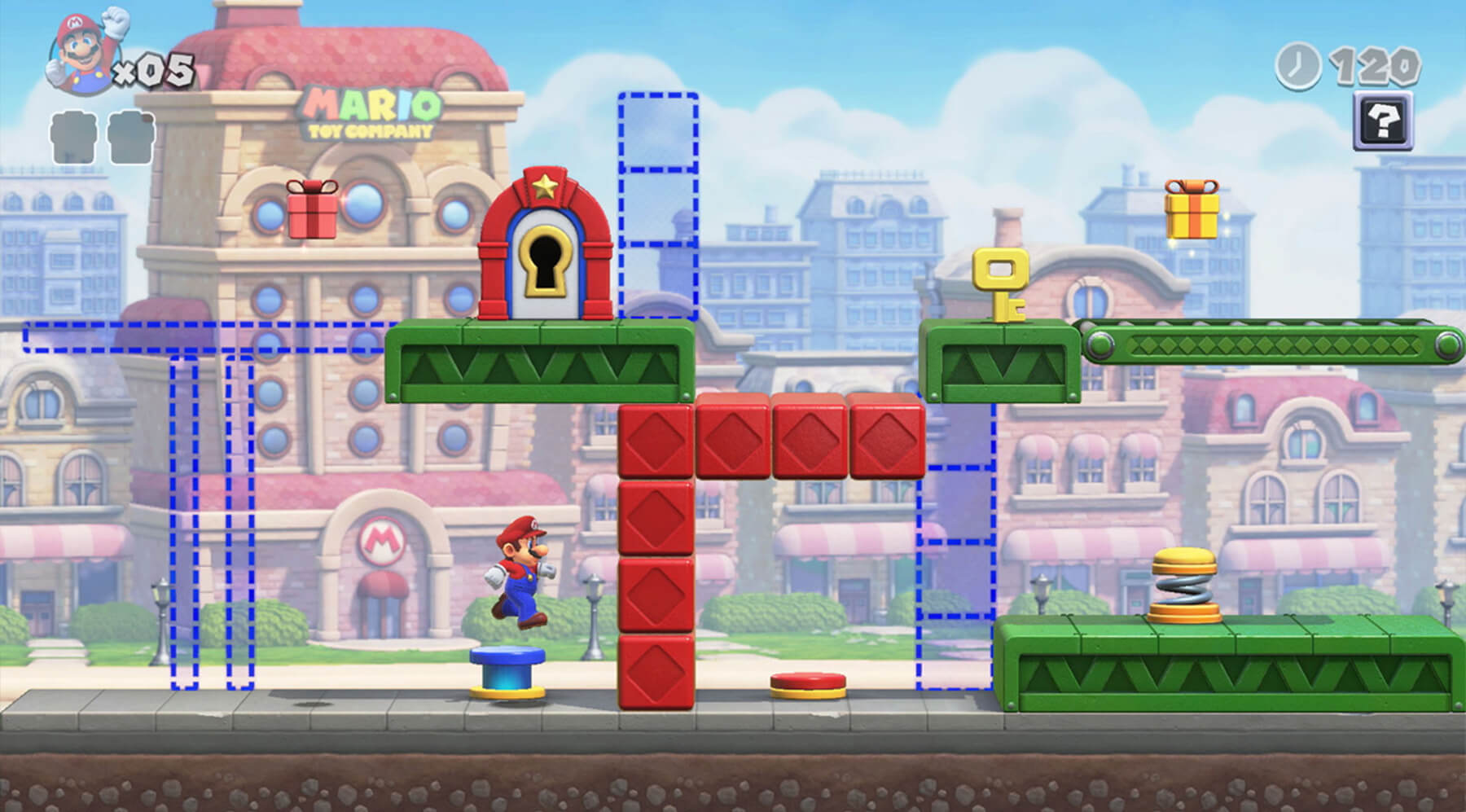
Nintendo itself had to keep much of the project a secret from Schwedler’s team, who worked on the music level by level based only on a few screenshots and color palettes at a time. The soundtrack team would meet at NST’s offices once or twice a month, where they got the opportunity to hear their newest music implemented in a playable build of the game. “Because of the unique design of the Switch, I had to make sure it sounds good not only in docked mode playing though a high-end home theater system, but also in handheld mode through the device’s one-inch speakers,” Brown says. “The only way to really verify my work was to see and hear it on the platform.”
The DigiPen team behind the project are thrilled for everyone else to finally hear their work on Mario Vs. Donkey Kong as well following its Feb. 16 release. Even more than that, they’re excited to be able to bring their own lessons learned back into the classroom. “This project is an absolutely crazy, full-circle moment,” Schwedler says. “Bruce and I have both discussed how this has totally informed the way we will teach our sound designers and composers in class.”
Even before the game’s release, reception to the new soundtrack has already been enthusiastic. One of the top liked YouTube comments on Nintendo’s official trailer for the game? “This jazz music is so good!”
The following DigiPen Department of Music faculty contributed to Mario Vs. Donkey Kong: Lawrence Schwedler (Music Director), Bruce Stark (Composition, Arrangement), Tacket Brown (Audio Producer), Eric Likkel (Saxophone, Clarinet), Nayoung Ham (Flute), John Kim (Violin), Carey Rayburn (Trumpet), Brian Shaw (Trumpet), Stephen O’Bent (Trombone), Pat Nelson (Bassoon, Contrabassoon), Brian Schmidt (Electric Bass), and Greg Dixon (Cinematic Sound Design, Mixing, and Mastering).
